Four Futures for Sør-Varanger: Reflecting on the InfraNorth Scenario Workshops in Kirkenes
By Olga Povoroznyuk, Alexandra Meyer, and Peter Schweitzer
Why Kirkenes?
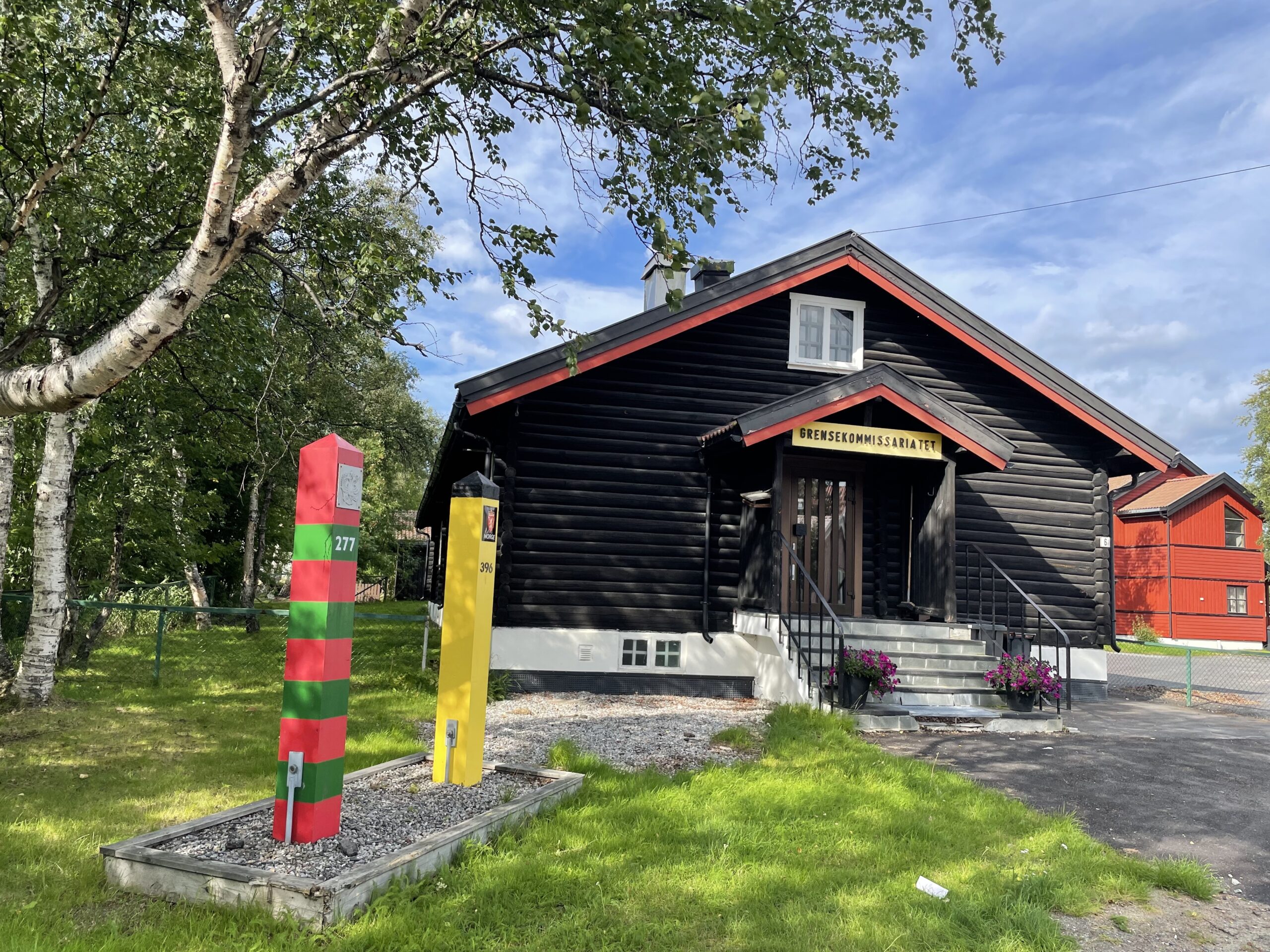
Our plans to work in Kirkenes started taking shape during a time when the Arctic was still considered to be a region with (relatively) open borders, allowing for a free flow of goods and people, as well as several joint socio-economic, infrastructural, and cultural ventures. This borderland town, also known as the capital of the Barents Region played an important role in Arctic cooperation after the fall of the Iron Curtain and was an iconic example of how good neighborly relations with Russia could lead to promising future opportunities. Yet, these opportunities, plans, and associated hopes vanished with Russia’s invasion of Ukraine in February 2022. Economic sanctions against Russia, as well as the outmigration and suspension of full-scale operation at the Sydvaranger Mine, one of the town’s cornerstone enterprises, add to uncertainties faced by Kirkenes and the Sør-Varanger municipality. In this context, in September 2023, InfraNorth teamed up with the Barents Institute (BI), Sør-Varanger Utvikling, the Sør-Varanger municipality, and the Sør-Varanger library to organize two scenario workshops to discuss possible futures with local inhabitants and stakeholders.
Geopolitics and infrastructure futures
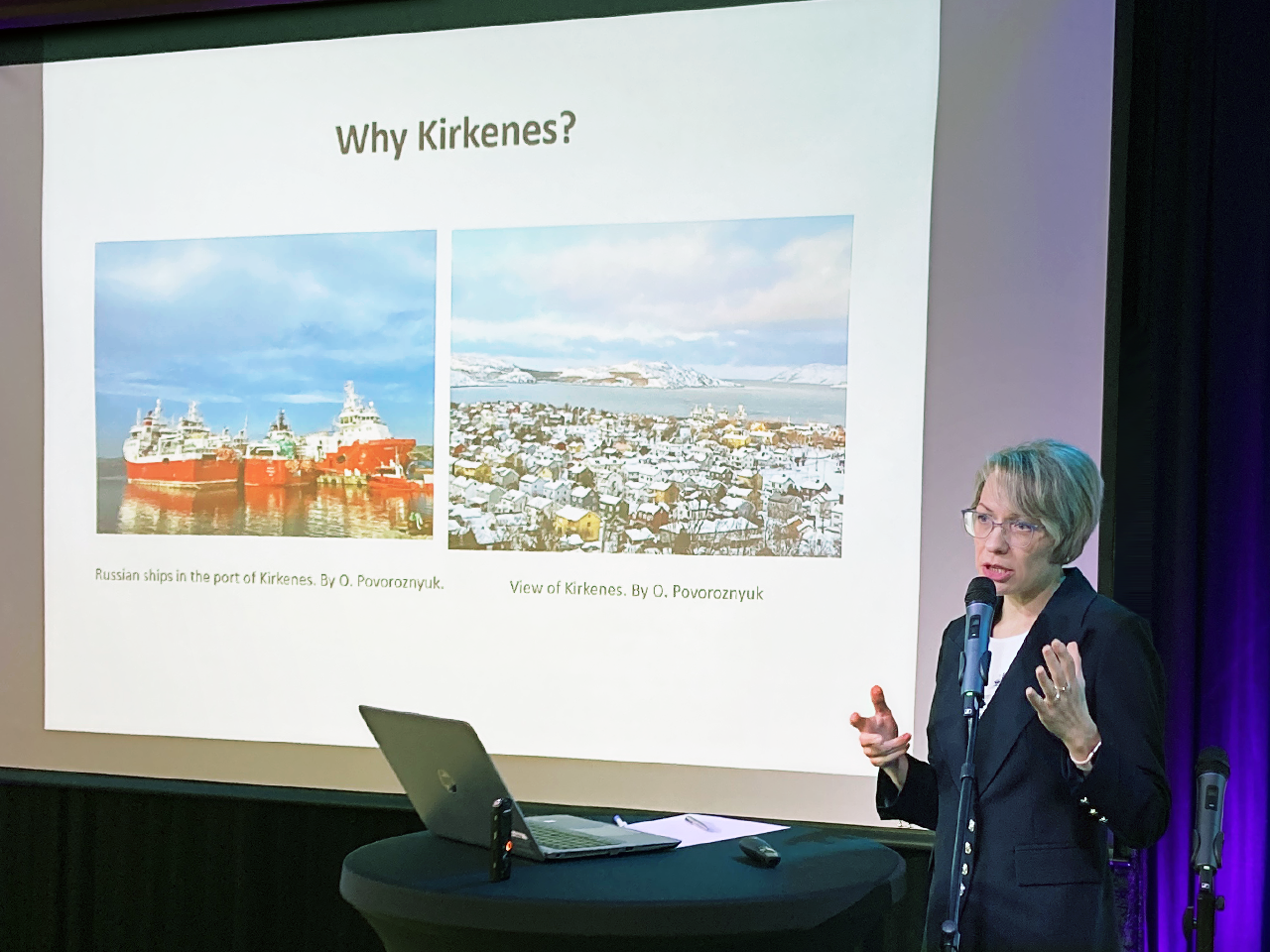
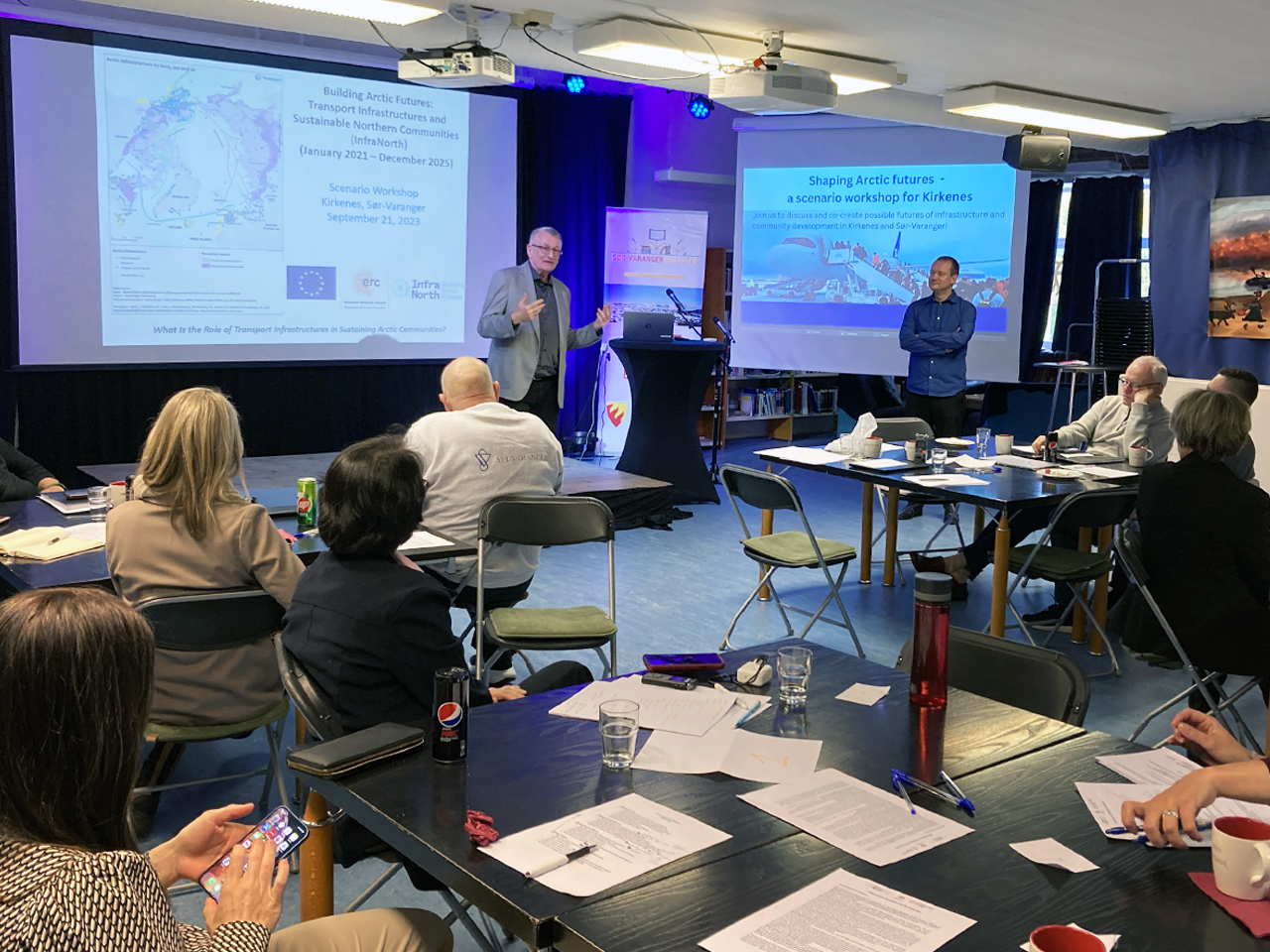
Kirkenes is a town located in the Sør-Varanger municipality of Finnmark county in northeastern Norway. In close proximity to the Finnish and Russian borders, it is home to around 3,500 residents, including Norwegians, Indigenous Saami, Finns, Kvens, Russians, and other ethnic minorities. In 1993, the signing of the declaration on cooperation in the Barents Euro-Arctic Region (BEAR) opened up opportunities for business, tourism, cultural exchange, and joint infrastructure projects, especially with Russia, Norway’s big neighbor. The seaport of Kirkenes was expected to turn into an international hub for transporting minerals and other resources from West Siberia to Europe via the Northern Sea Route (NSR). The planned Arctic Railway should link Kirkenes with Rovaniemi and, therefore, with the Finnish railway system and European markets. Although put on hold because of the lack of economic prospects (and Sami protests against the railroad), both projects continue to be publicly debated. Russia’s full-scale invasion of Ukraine has dramatically affected the cooperation and cross-border relations between Russia and the BEAR countries, leading Northern Norway to complete reconsideration of its infrastructural and economic plans.
Many futures for Sør-Varanger
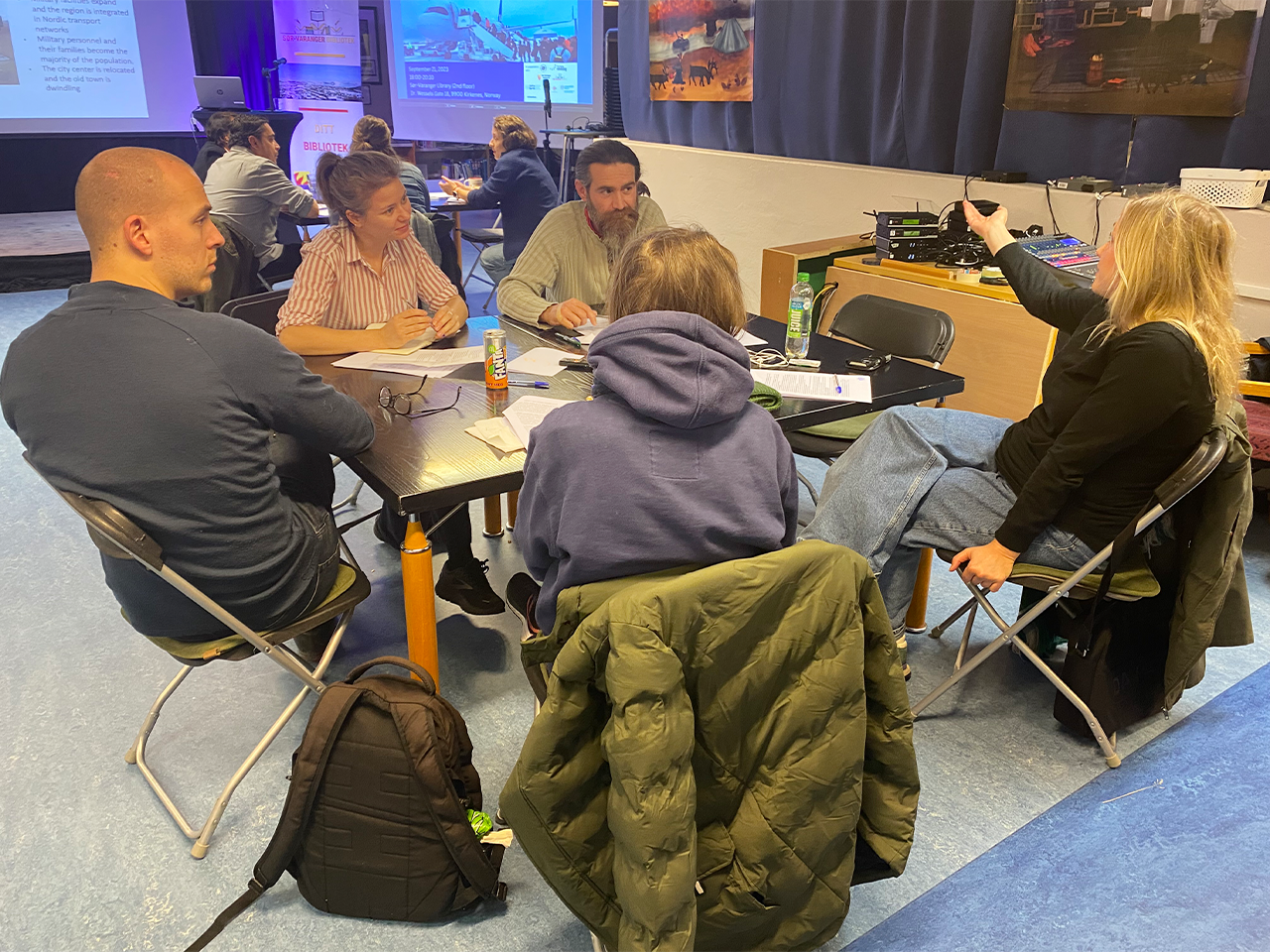
The workshops aimed to spark discussions over the future of the Sør-Varanger municipality and its transportation infrastructure. In collaboration with scenario experts from the International Institute for Advanced Systems Analysis (IIASA), four distinct scenarios were developed. The draft scenarios were validated by our local co-organizers during Olga Povoroznyuk’s guest research stay at the BI in Kirkenes in February 2023. The involvement of the BI colleagues was central to building contacts with other local key partners and stakeholders, while the Sør-Varanger library agreed to host both workshops, providing much-needed logistical support. Last but not least, illustrations of the scenarios created by local artist Anja Eline Danielsen were instrumental in provoking lively discussions. We organized two workshops, targeted at professionals representing relevant organizations from Sør-Varanger and the general public respectively. The workshop participants discussed each of the four scenarios, as well as their “ideal” futures.
Each of the four provocative scenarios co-developed by InfraNorth and IIASA teams described a specific future for the Sør-Varanger municipality and its transportation infrastructure within the next 25 years. The Industrial Town scenario sees large-scale investments into mineral resource extraction and infrastructure expansion. Geopolitical tensions limit the use of the Northern Sea Route, increasing Norway’s military presence. The population slightly declines and Sami rights take a backseat to industrial growth. In the Global Transportation Hub scenario, Kirkenes’ role in global trade becomes pivotal, supported by new infrastructure like a deep-water port and a railway to Rovaniemi. Improved Russian-Norwegian relations enhance the town’s role along the Northern Sea Route, and the booming trade, science, and education sectors attract a diverse population. In the Innovative Polar Reserve scenario, environmental conservation is prioritized over industrial and infrastructural development. Plans to expand infrastructure are abandoned, green transport solutions are implemented, and the region becomes an innovative eco-tourism destination. As Sami rights become more recognized, the region experiences a slight population decline. Finally, severe climate change and geopolitical tensions are the main drivers behind the Military Outpost scenario, in which security concerns outweigh economic growth and community development. The usage of the Northern Sea Route declines and the border to Russia is closed. Military expansion integrates the region into Nordic transportation networks, and military personnel dominate the population.
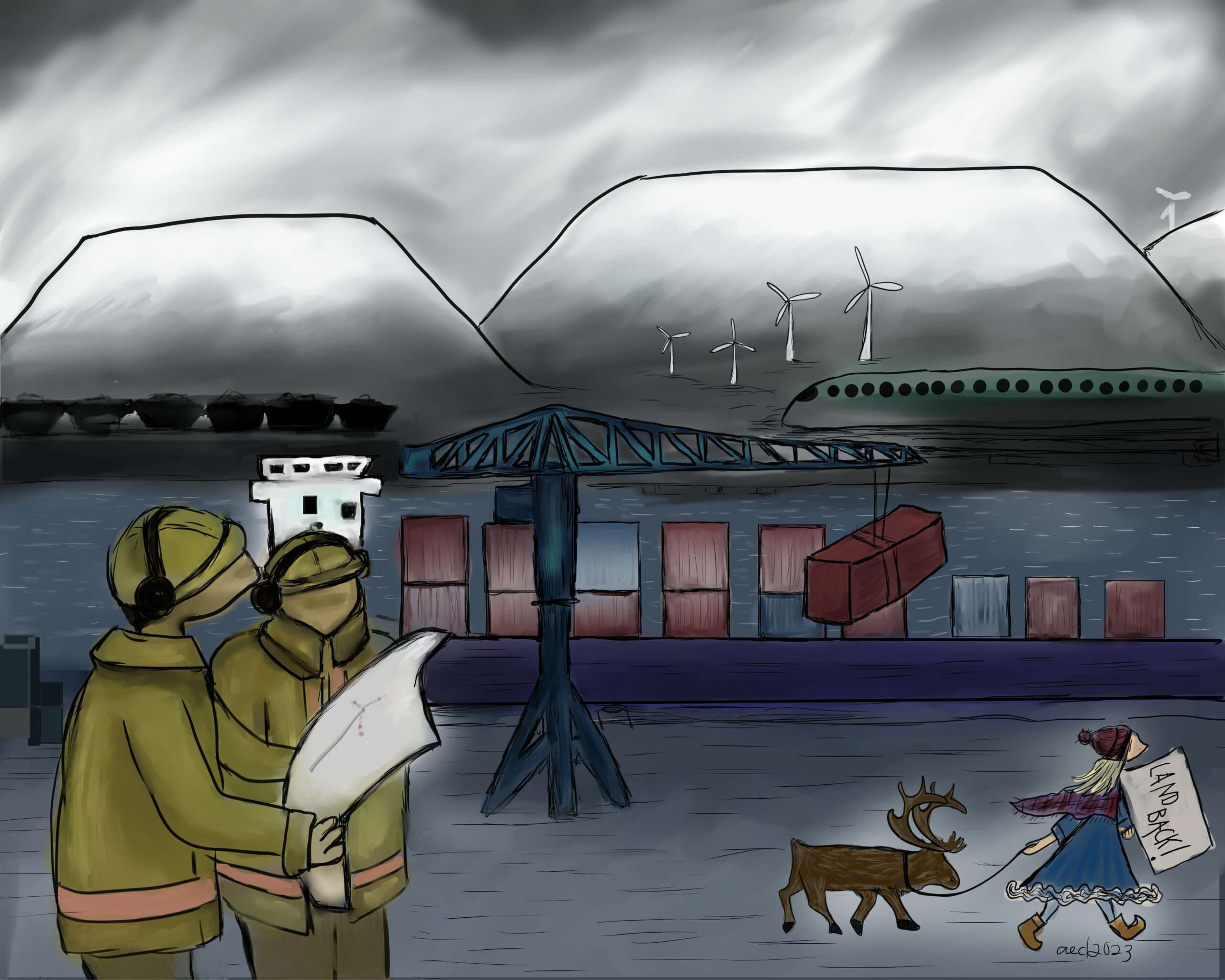
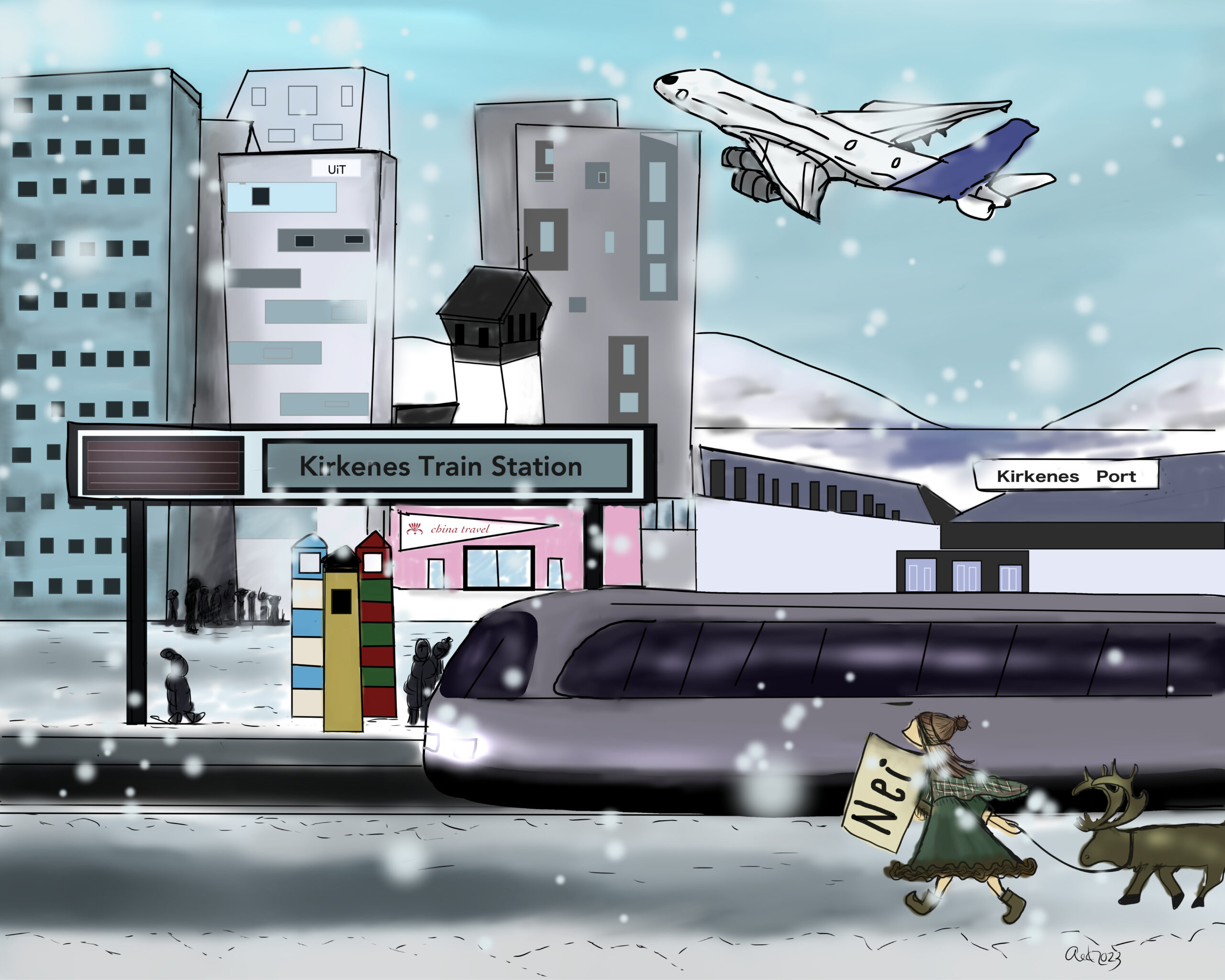

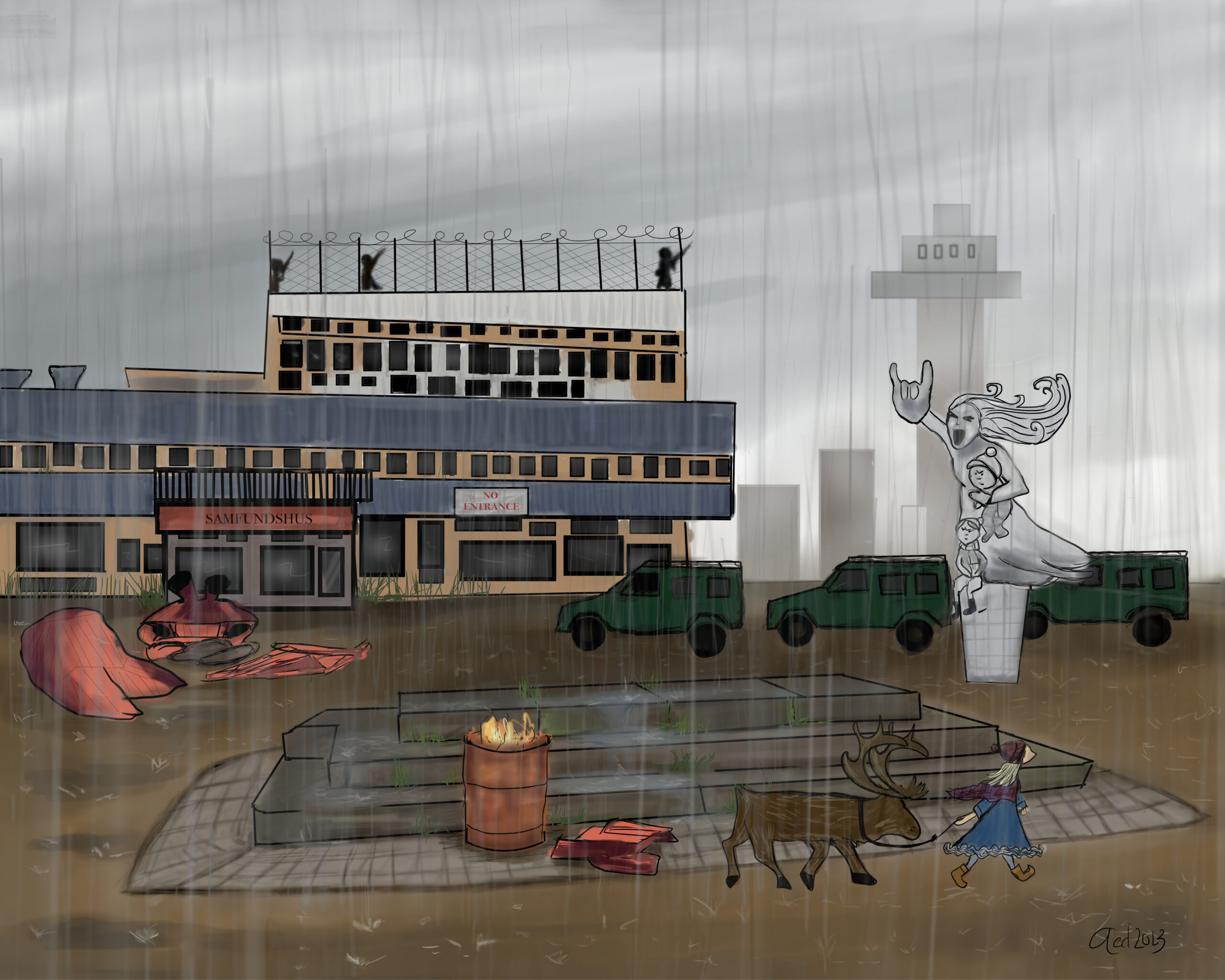
Lessons learned and ways forward
We were impressed by the overall levels of participation and engagement in the workshops. Most attendees expressed their appreciation of the events recognizing their timeliness and the opportunity that they provided to discuss concerns about the future of Kirkenes and its surroundings. The participants shared a sense of Sør-Varanger being at a crossroads and showed interest in discussing potential future scenarios for the region. As one participant put it,
“We want to take care of the environment, we want to be green, we want to have untouched nature and so on. At the same time as we want the industry to develop, we want infrastructure to develop, we want more people. But how are we going to balance those counterparts? That’s not an easy question to answer. But it’s an important question to ask.”
While we are still currently analyzing and discussing the rich data and observations gathered at the workshops, our preliminary findings show that the future of Kirkenes depends on whether the town will manage to keep its permanent residents and attract newcomers. Revitalizing the mining industry, urban redevelopment, growth in tourism and innovative technologies, as well as higher education were discussed as main components of the town’s prosperous future. These developments as well as the overall quality of life in Kirkenes and Sør-Varanger are popularly associated with the improvement of transport infrastructure that would serve the needs of local users without leaving a dramatic environmental footprint. More bus and flight connections along with the transition to green energy, were brought to discussion. As for the large-scale infrastructure, the railroad project was assessed as less realistic, at least in the near future, than the port expansion. Also, the plans for the new port are now connected to increasing tourist flows from Finland and urban redevelopment rather than to cargo shipping along the NSR. However, becoming an NSR hub remains an opportunity for some professionals and residents who can still imagine improving relations with Russia in some distant future. We plan to disseminate the results in the form of multiple joint presentations and academic peer-reviewed articles. Most importantly, we are committed to reporting them back to the community in a variety of ways, from oral presentations to online resources to printed summaries.
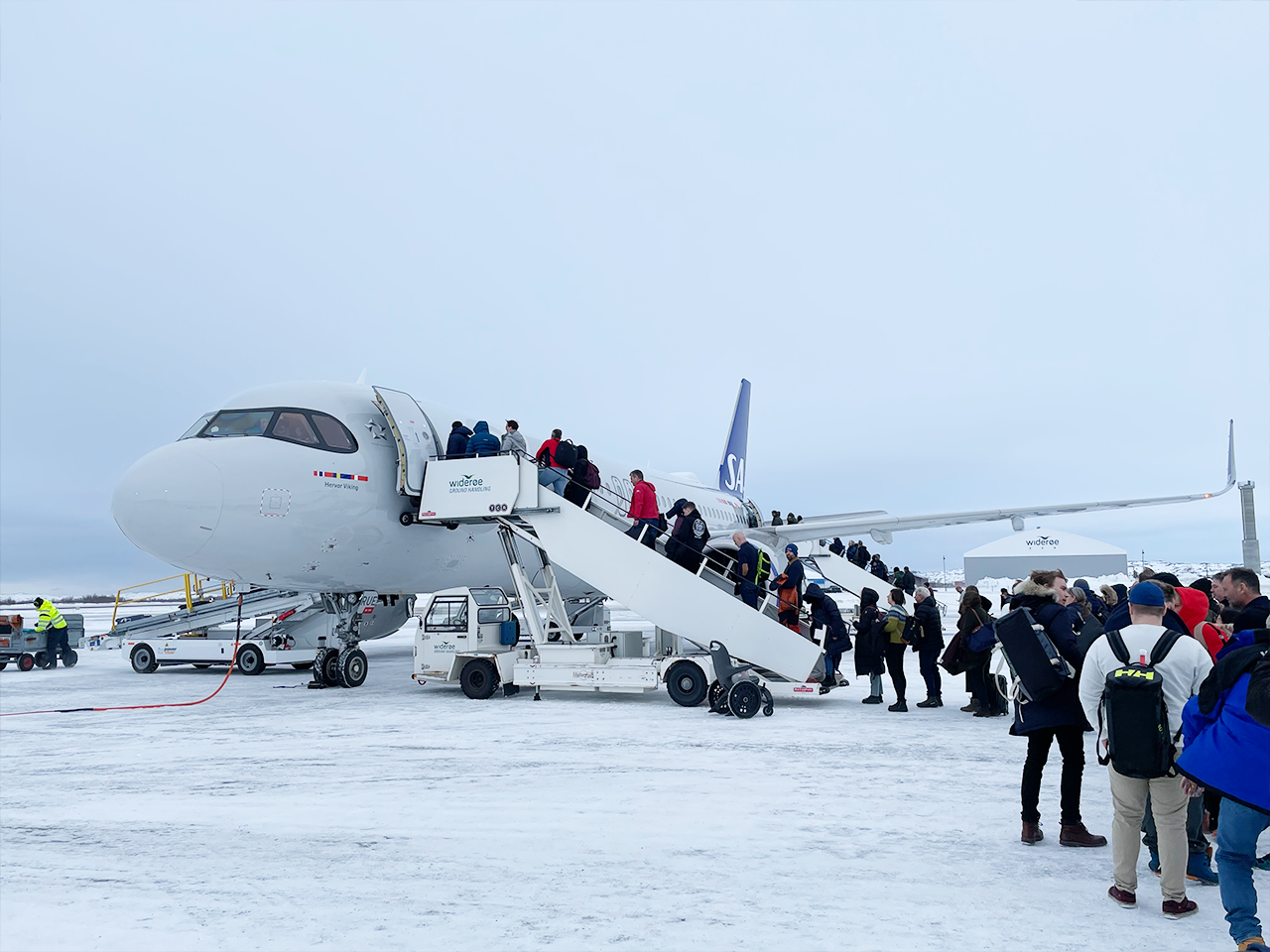
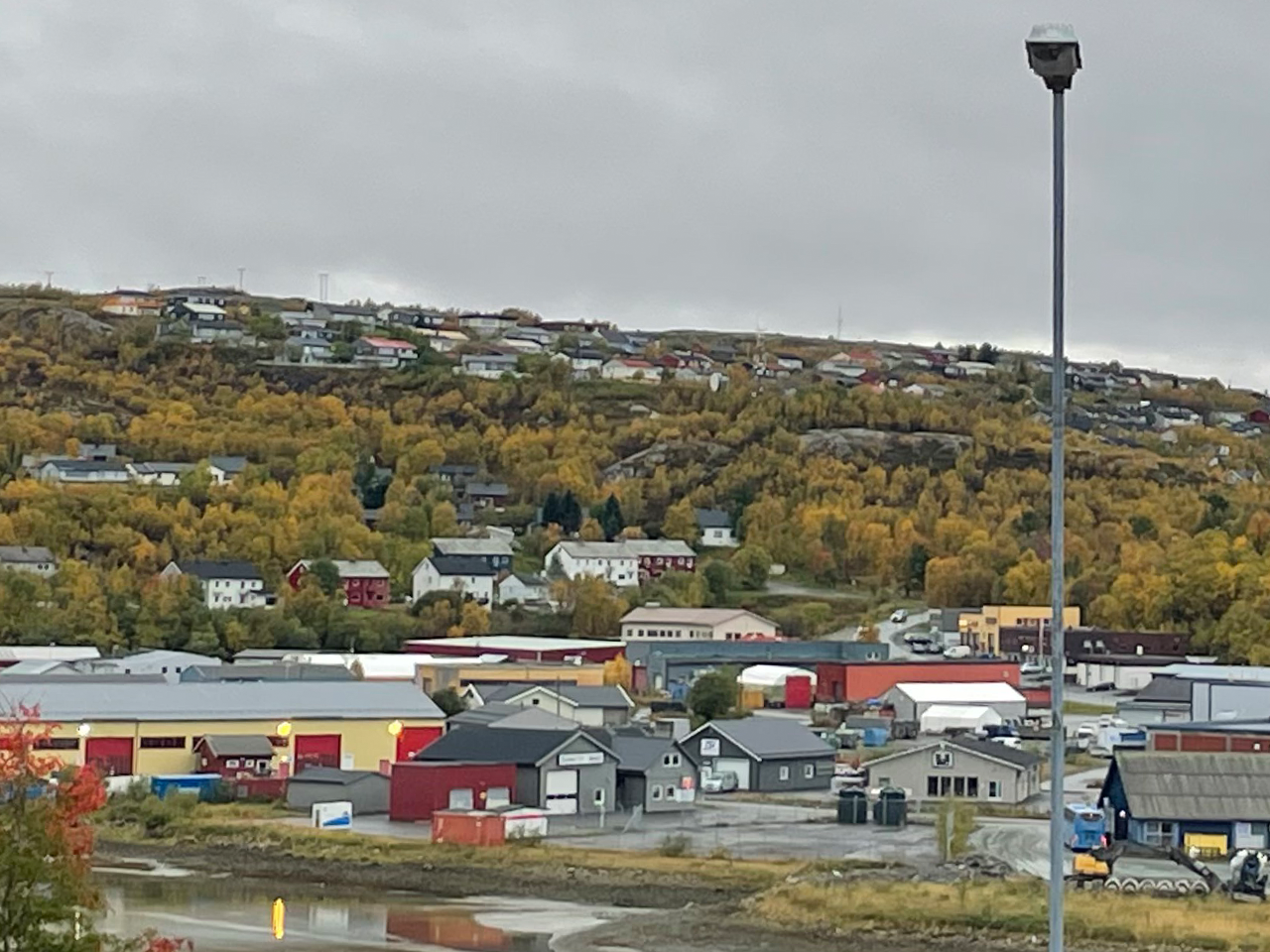
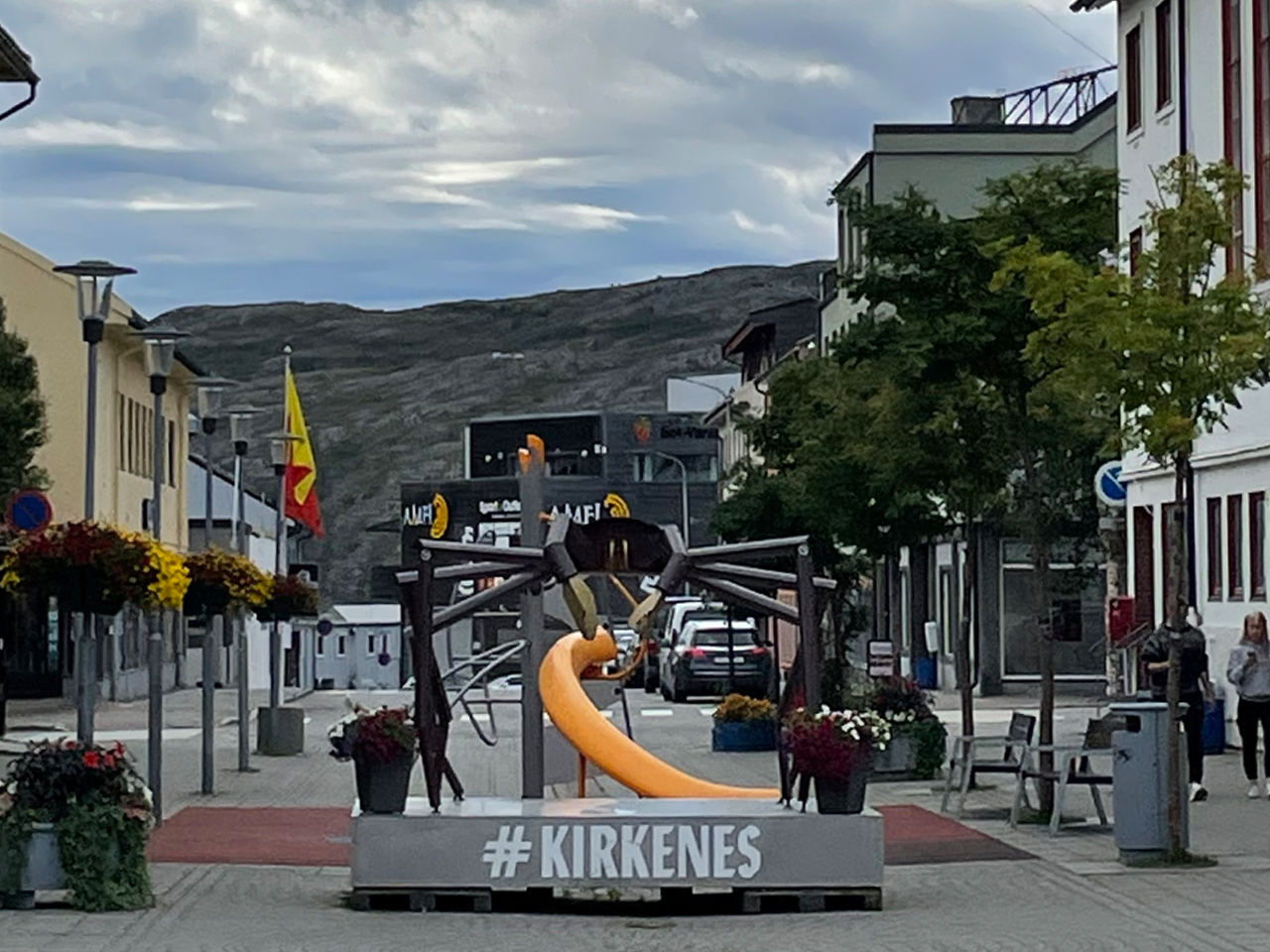


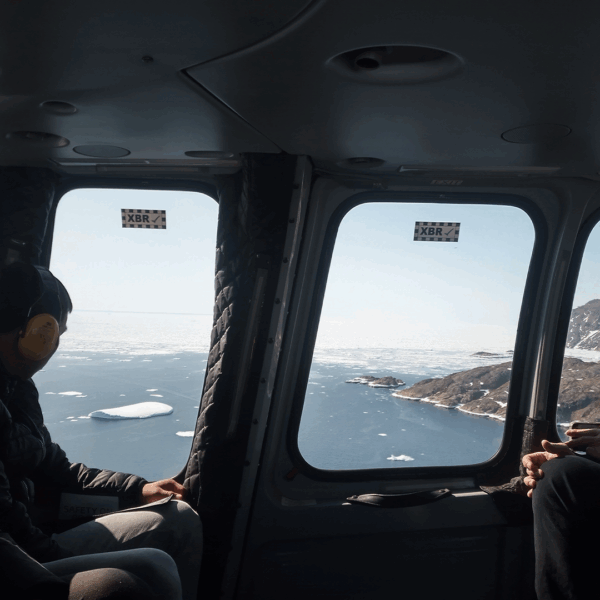
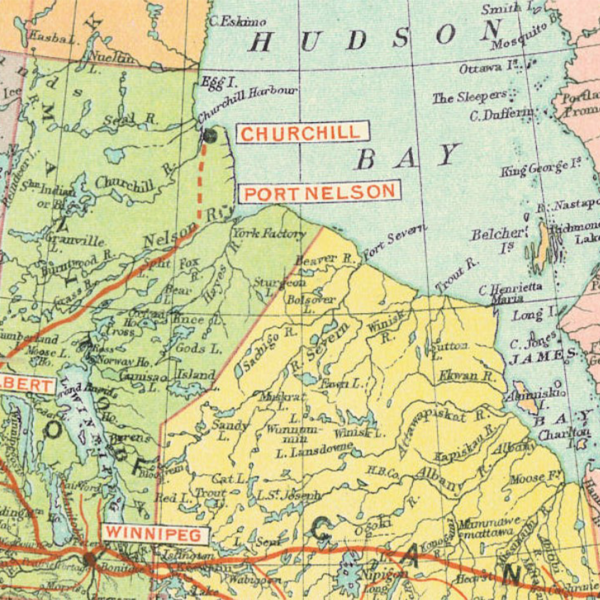

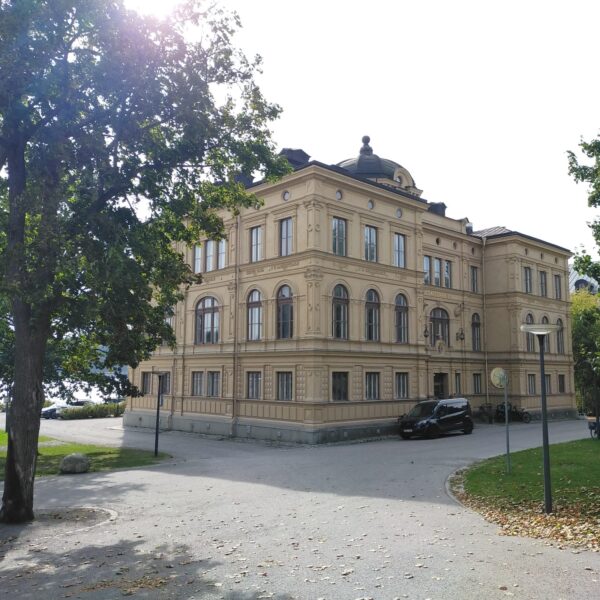
Please login to post a comment...